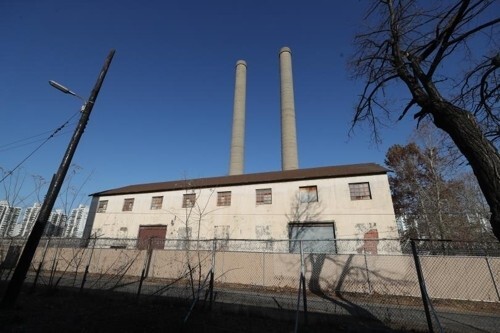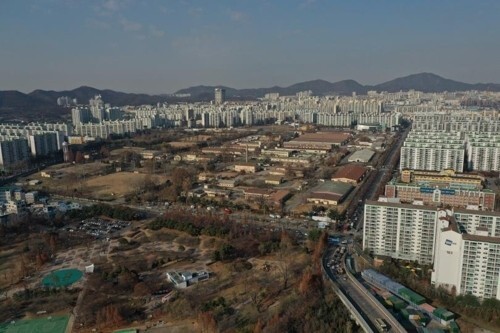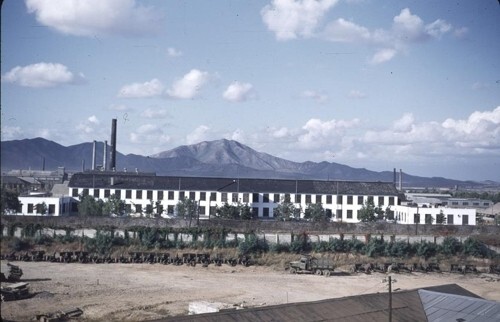Posted on : Dec.29,2019 18:06 KST
 |
|
The Japanese ordnance factory within Camp Market, a former US military base that will be converted into a historical and cultural site after being returned to the South Korean government. (Yonhap News)
|
Factory was part of US military base for 70 years after Japan’s WWII defeat
 |
|
The Japanese ordnance factory within Camp Market, a former US military base that will be converted into a historical and cultural site after being returned to the South Korean government. (Yonhap News)
|
A Japanese army ordnance factory within Camp Market is poised to undergo environmental cleanup efforts and redevelopment into a history and culture park following the return of the military base in Incheon’s Bupyeong District to the South Korean public after 80 years.
On Dec. 19, the Korea Environment Corporation (KECO) announced a decision to perform cleanup and preservation efforts on the Japanese army ordnance factory and four other locations recommended for preservation by the Cultural Heritage Administration (CHA) among six facilities within a Defense Reutilization and Marketing Office (DRMO) cleanup area at the recently returned Camp Market. The structures subject to preservation according to KECO’s announcement include a building used as a foundry for the factory, smokestacks, and the railway and platform used by the Japanese to transport iron, brassware, and brass coins seized throughout Korea during the colonial occupation.
 |
|
An aerial view of the Japanese ordnance factory within Camp Market. (Yonhap News)
|
The Japanese army ordnance factory in Bupyeong is considered a definitive example of a structure reflecting the painful history of the forced mobilization of Korean laborers and quotas imposed on the national economy during the Japanese occupation. Japan began construction on the Bupyeong factory in 1939 as its largest munitions factory on the Korean Peninsula. In 1941, it began producing various weapons such as guns, ammunition, and cannonballs for use by the Japanese army in the war. It is the only one remaining out of eight ordnance factories operated by Japan at home and in countries including China in the latest stages of the Pacific War in the 1940s. The reason it has remained preserved in its original state rather than being demolished after being abandoned in the wake of Japan’s defeat is because of its acquisition by the US military and use as a base for over 70 years.
KECO, which has been carrying out soil cleanup efforts at Camp Market at the Ministry of National Defense’s request, explained, “Since the level of soil contamination at the base of the Japanese army ordnance factory and other structures isn’t severe, it will be possible to clean it up through excavation of the surrounding soil without demolishing or relocating them.” A US Forces Korea guard post building also recommended for preservation by CHA is to be transferred to a different location for cleanup and then returned due to the severe level of soil contamination at its base. A Ministry of Environment survey last year found the soil in the area to contain dioxin levels exceeding the threshold for advanced countries by 10 fold.
 |
|
The Japanese ordnance factory in 1948. (provided by a former USFK soldier/Yonhap News)
|
Potential registration as UNESCO World Heritage site
Once the cleanup is complete, the city of Incheon and the Bupyeong Culture Center plan to develop the factory site into a history and culture park for use in anti-war and pro-peace education.
“Other remaining structures around Camp Market include an underground tunnel at Mt. Hambong that was used to store weapons produced at the factory and Mitsubishi row housing used to house workers at the factory’s subcontracting companies,” a city official explained.
“We’re considering having the area registered and preserved as a UNESCO World Heritage Site,” the official said.
By Park Kyung-man, North Gyeonggi correspondent
Please direct comments or questions to [english@hani.co.kr]












